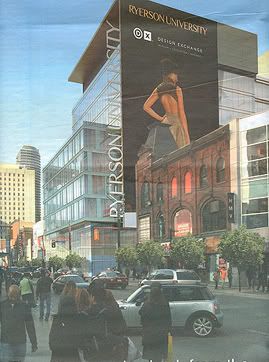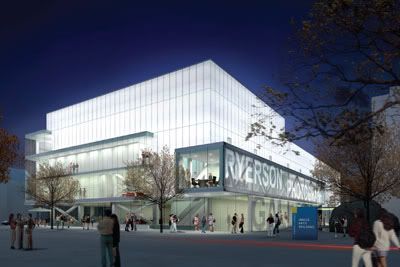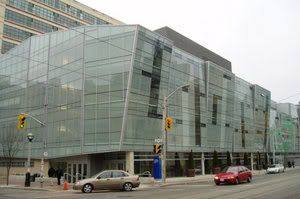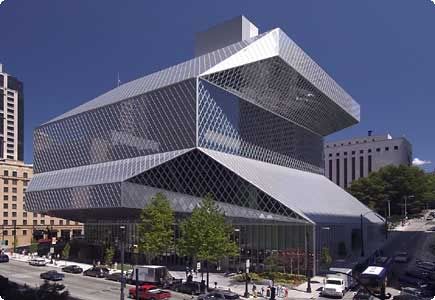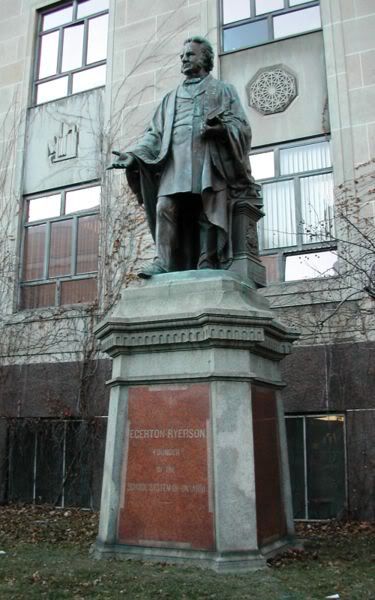In the previous blog entry, I described how in Toronto's perennial attempt to become a "world class city", Richard Florida was recruited from the US to direct University of Toronto's Martin Prosperity Institute.
The real world class attraction for him was the "diversity", meaning immigrants and their multiculturalism.
His convoluted, unproven, idea, on which the UofT has spent millions already, is that immigrants, especially the current type, will be part of the creative class now so necessary in the economies of countries - at least according to Florida.
The fact is that there is absolutely no empirical evidence to prove this. Toronto's high-immigrant economy has actually been on a decline, including the much touted "Hollywood North" film industry - that most creative of professions - which is losing to Vancouver, and back to the US via Detroit and Boston.
Florida talks about "20 years down the road", which is just fine with him since he is only proposing a theoretical hypothesis. After all he doesn't lose either way - right or wrong. He's just a researcher.
But, the great influx of immigrants to whom he has such an affinity - the Indians and the Chinese - started almost 15 years ago here in Toronto. So where is the data to prove, after fifteen years, that they are truly part of the "creative class"? Here is actual data from Center for Immigration Studies in the US which indicates that Asians are not the creative types Florida is banking on:
[T]he East-vs.-West pattern observed earlier for the TM* data also holds for levels of expertise, with Asians typically being hired into non-innovative jobs while more Europeans are in the types of positions that could involve innovation.VDARE has an infinitely informative report on the cost of mass immigration. The US has an especially unique and pressing problem of illegal immigrants. But, the report focuses on immigration in general. The YouTube accounts show that the costs, hidden and transparent, monetary and societal, are clearly negative.
*TM stands for Talent Measure

